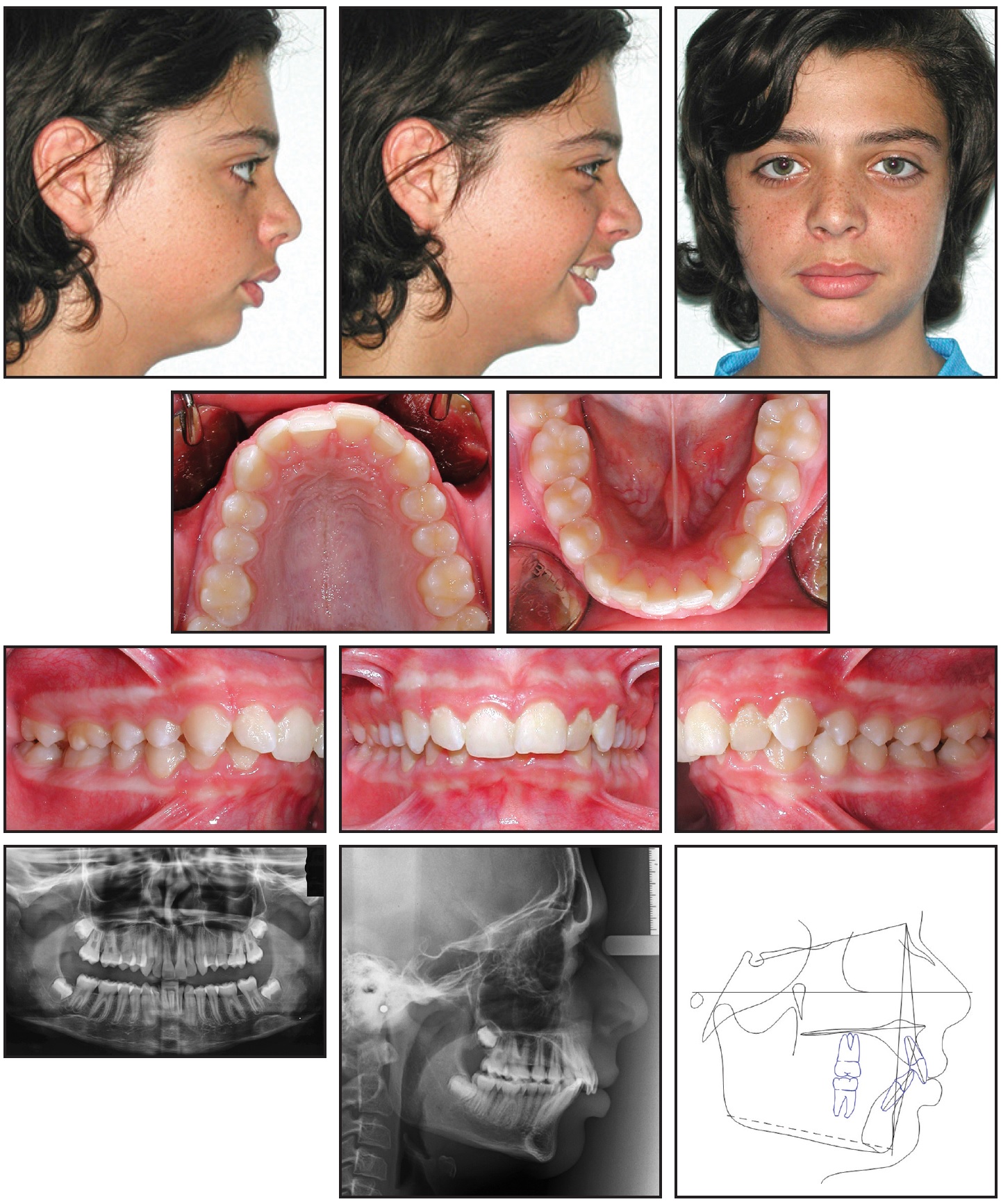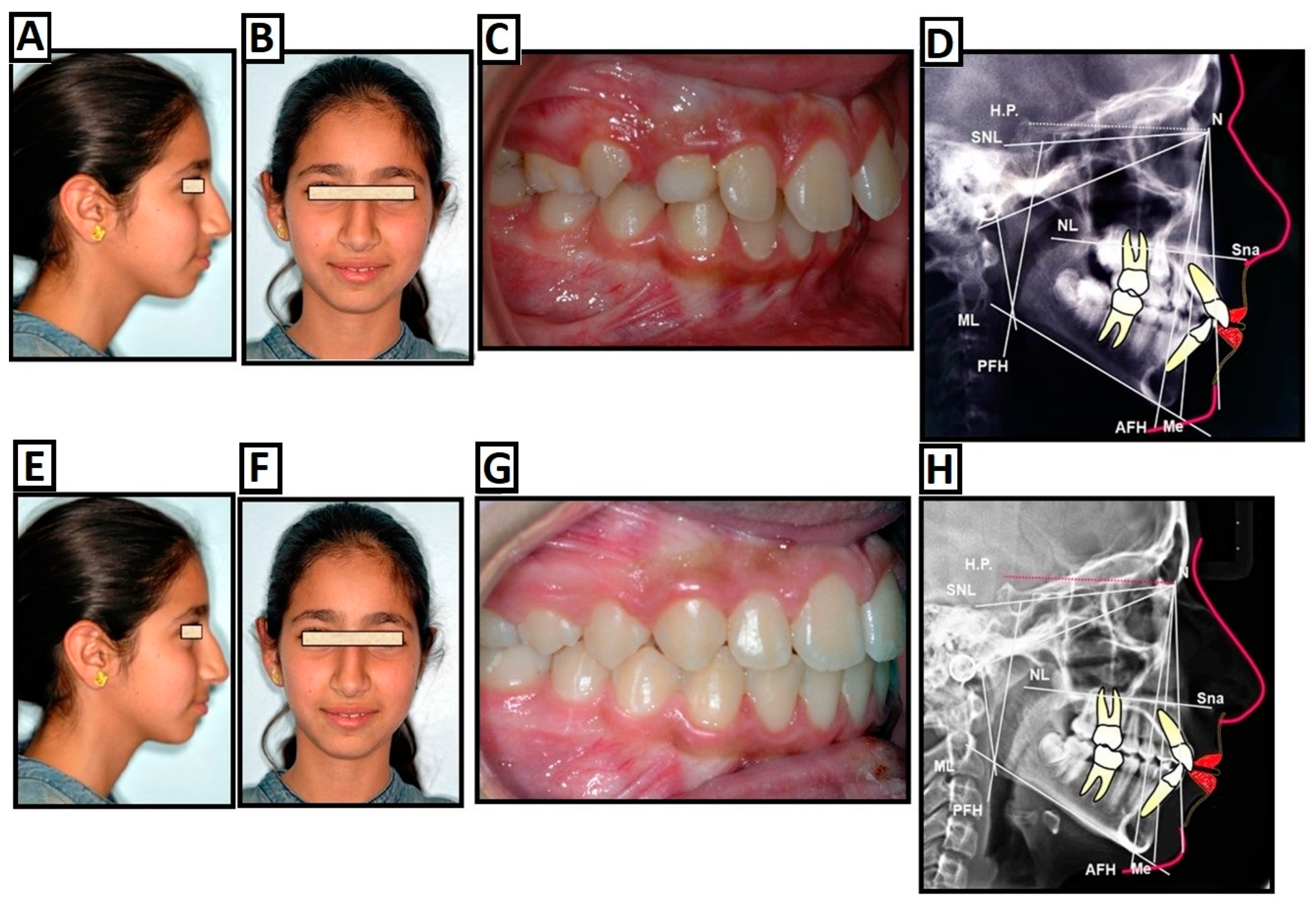SciELO - Brasil - Angle Class II, division 2 malocclusion with

Angle Class II, division 2, malocclusion is characterized by a Class II molar relation

SciELO - Brasil - Compensatory orthodontic treatment of Angle Class II malocclusion with posterior open bite Compensatory orthodontic treatment of Angle Class II malocclusion with posterior open bite

SciELO - Brasil - Class II, Division 1 Angle malocclusion with severe proclination of maxillary incisors Class II, Division 1 Angle malocclusion with severe proclination of maxillary incisors

SciELO - Brasil - Angle's Class II division 1 associated to mandibular retrusion and skeletal open bite: a 5-year post-orthodontic/orthopedic treatment follow-up Angle's Class II division 1 associated to mandibular retrusion and

Twenty-year clinical experience with fixed functional appliances. - Abstract - Europe PMC

Class II Division 2 subdivision left malocclusion associated with anterior deep overbite in an adult patient with temporomandibular disorder. - Abstract - Europe PMC

PDF] Angle Class II , division 2 malocclusion treated with extraction of permanent teeth *

SciELO - Brasil - Very early orthodontic treatment: when, why and how? Very early orthodontic treatment: when, why and how?

SciELO - Brasil - Class II malocclusion associated with mandibular deficiency and maxillary and mandibular crowding: follow-up evaluation eight years after treatment completion Class II malocclusion associated with mandibular deficiency and maxillary

Dentoskeletal changes in Class II malocclusion patients - SciELO

SciELO - Brasil - Compensatory orthodontic treatment of Angle Class II malocclusion with posterior open bite Compensatory orthodontic treatment of Angle Class II malocclusion with posterior open bite

SciELO - Brasil - Class II malocclusion nonextraction treatment with growth control Class II malocclusion nonextraction treatment with growth control

Miniscrew-assisted rapid palatal expansion for managing arch perimeter in an adult patient. - Abstract - Europe PMC







